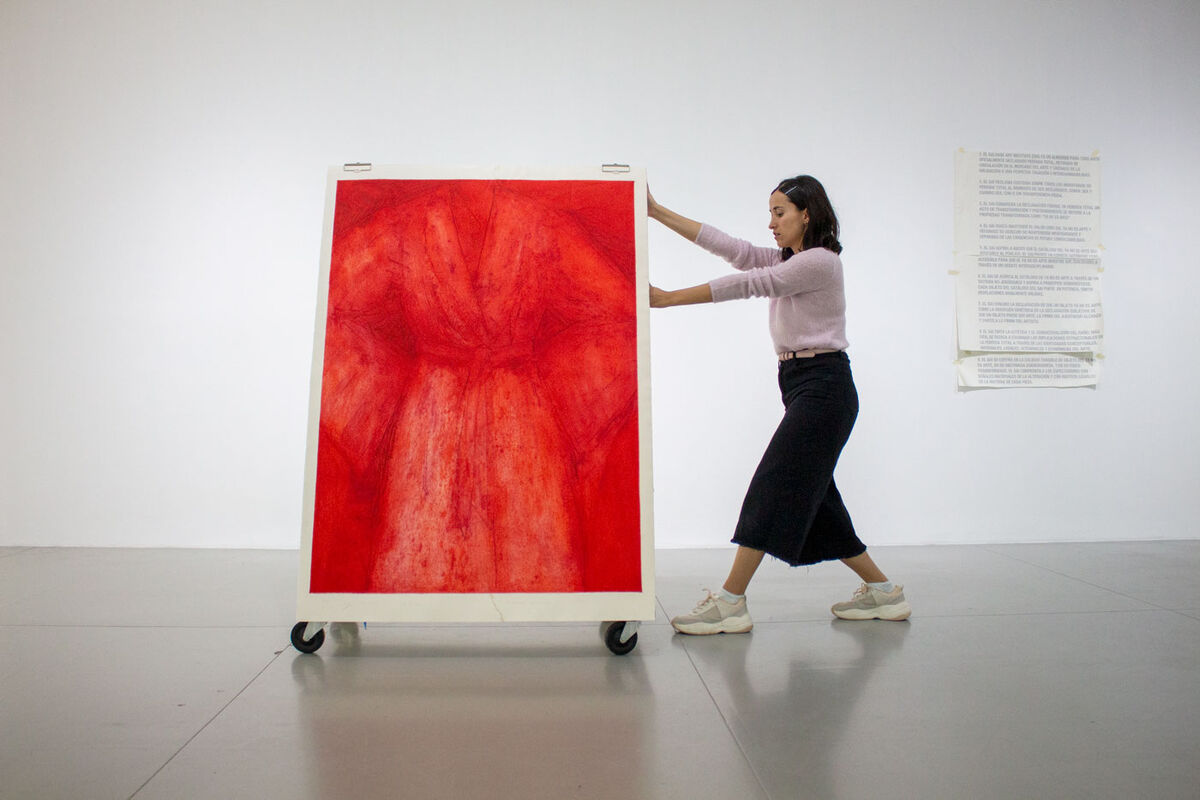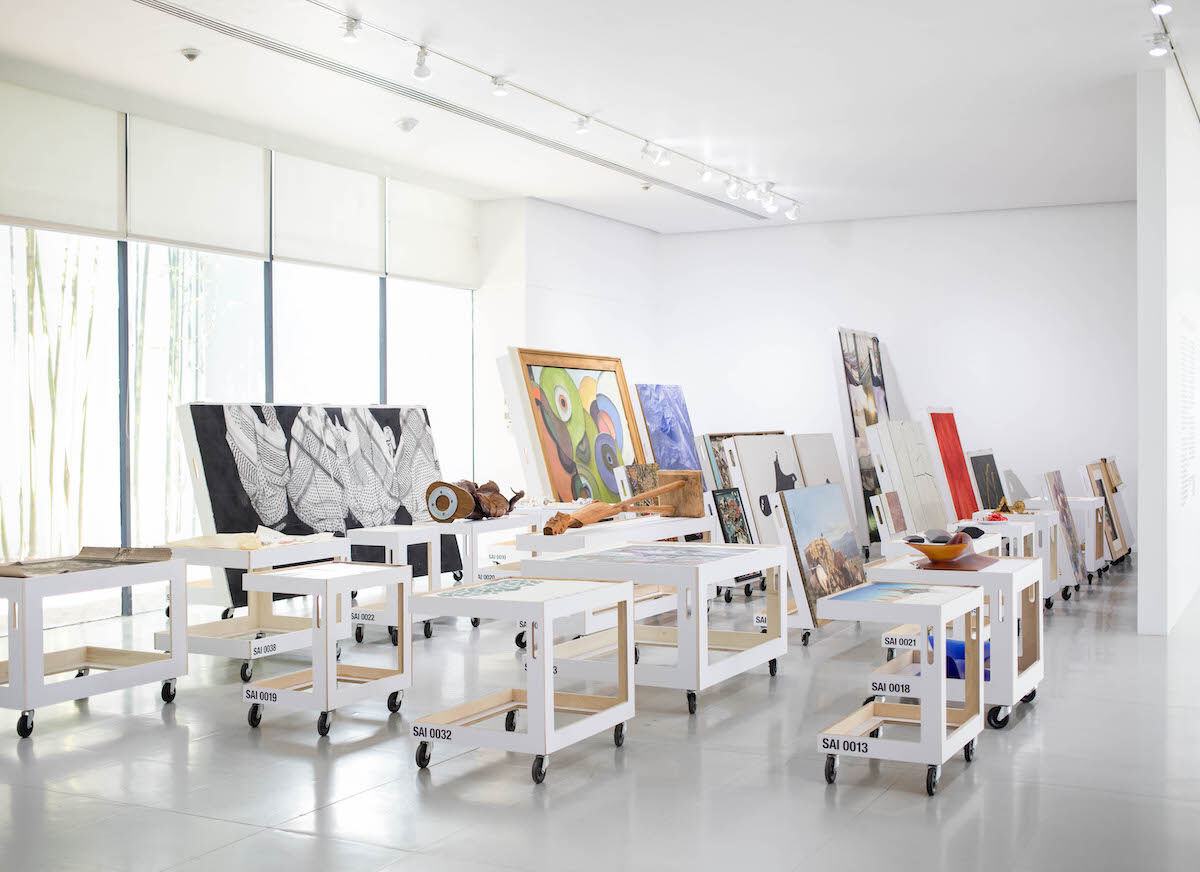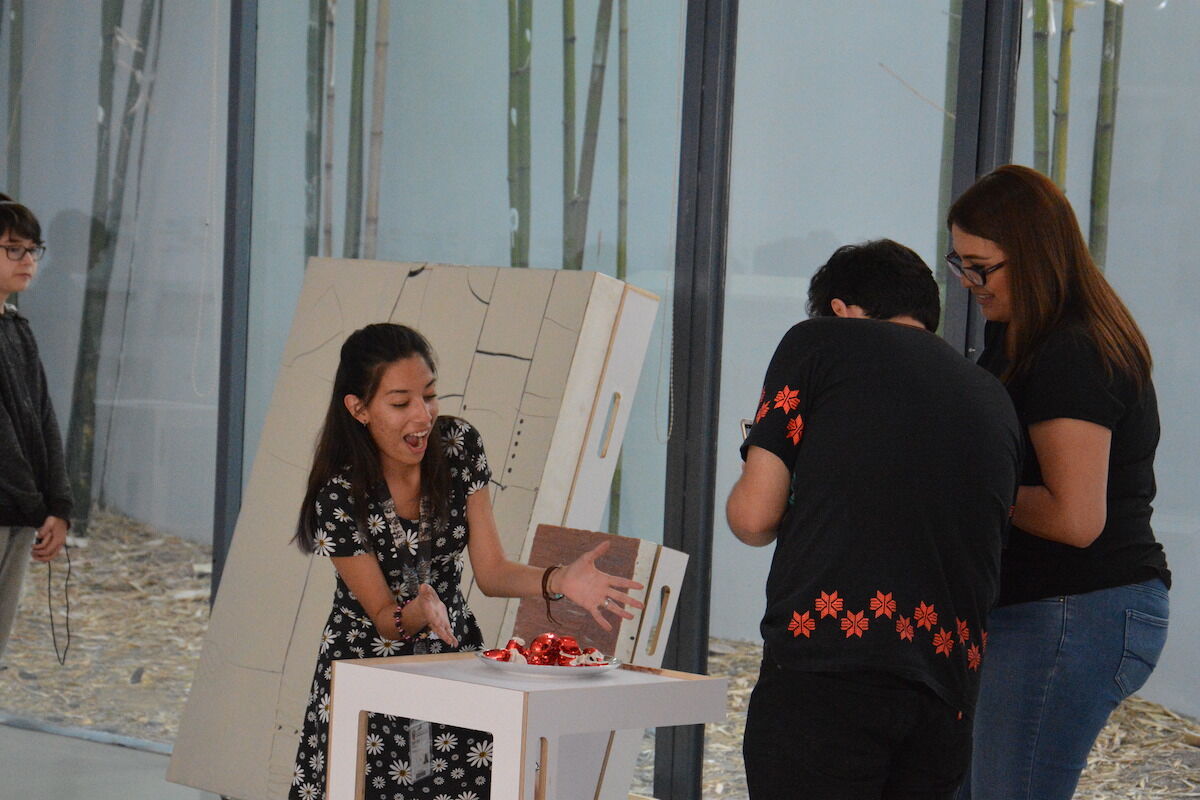What Happens When an Artwork Is Damaged beyond Repair

artsy_On December 24, 2008, one of Jeff Koons’s famed balloon animals—an edition featuring a 10-inch-long red dog—fell and broke into several pieces. Five months later, after examining the sculpture and assessing the damage, insurance company AXA Art determined that it would cost more to repair than the sculpture was worth. AXA paid the owner the insurance premium, declaring the work a “total loss.” The pieces of the broken balloon dog were transported to a large AXA warehouse, where the dog joined hundreds of other “totalled” artworks.
In May 2009, the same month Koons’s sculpture officially exited the art market, New York–based artist Elka Krajewska was talking with her neighbor Rosalind Joseph, who works at AXA in public relations, about these warehouses for so-called “salvage art.” Krajewska was intrigued by the concept of what was once considered a work of art being demoted to an object with no value beyond its materials. In response, she came up with the idea for a museum of salvaged art, a place where these totalled former artworks could find new life in the conversations and philosophical questions they spark: What defines an artwork? How do we determine its inherent value? Is there such a thing as objective value?

Installation view of “No Longer Art: Salvage Art Institute”at Museo de Arte de Zapopan, Mexico, 2018. Courtesy of SAI.
Over the next three years, Krajewska registered her Salvage Art Institute(SAI), met with people at AXA, visited their warehouse, and—in concert with Columbia University’s Graduate School of Architecture, Planning, and Preservation—was able to secure a gift of about 40 damaged pieces for the institute’s collection. In late 2012, SAI opened its first exhibition, “No Longer Art,” at Columbia’s Arthur Ross Gallery, featuring its recently acquired collection of totaled art. Among the works were a water-damaged Giacometti
drawing, a torn painting by Alexandre Dubuisson, and Koons’s broken balloon dog.
Although Krajewska is an artist, she thinks of SAI more as an educational tool or a means to spark discussion, as opposed to an art project. She said the value of displaying salvage art is the conversation. “It opens up your head and your understanding of what art can be and how we feel about it.”
Matthew Wagstaffe, Krajewska’s long-time assistant, concurred. “These things lie at the intersection of so many areas of expertise,” he said. The liminal status of these damaged works draws interest not only from the art and insurance worlds, but also the wider realms of law, economics, sociology, philosophy, and even literature. (In Ben Lerner’s 2014 novel, 10:04, there’s an “Institute for Totaled Art,” inspired by SAI.) Wagstaffe added that there’s a “strangeness in the objects,” as well as a “degree of accessibility to them,” despite the verbose insurance claims governing their status.
Non-art on tour
Visitors at “No Longer Art: Salvage Art Institute” at Museo de Arte de Zapopan, Mexico, 2018. Courtesy of SAI.
Ever since SAI’s first exhibition, the collection has been touring the world. Each exhibition is different, but they all have a few things in common: Visitors are encouraged to interact with and touch the objects; each object is displayed on a moving cart, so people can rearrange the exhibition space as they please; and if they want to find out more about the individual objects, visitors can flip through binders of redacted insurance claim documents tracing damage, declarations of total loss, and transfers of ownership.
At SAI’s most recent exhibition, at Mexico’s Museo de Arte de Zapopan, Wagstaffe said museum security “had trouble with the fact that viewers had to touch and engage with the art. It goes against the basic rule of a museum.”
“I picked up the Koons, and suddenly I was surrounded by security telling me to put it down,” Krajewska remembered. The guards called the museum’s director, which sparked a discussion of the meaning of the exhibition. Krajewska loved it. “There’s a playfulness around the concept of what we value,” she said. Ultimately, Krajewska and the security officers compromised: Visitors could touch the art, but they had to ask a guard for permission first.
Visitors at “No Longer Art: Salvage Art Institute” at Museo de Arte de Zapopan, Mexico, 2019. Courtesy of MAZ.
It’s not just museum guards who are uneasy about SAI’s collection, watching as visitors smudge a drawing with their fingers or put their hands through a hole in a painting. The shippers also worry. “Shipping is a tricky endeavor,” Wagstaffe said. “There’s a fear that when you re-engage, you bring back that value, so there’s never insurance on the shipment. You remove something from having monetary value and, at every turn, people are trying to bring it back into that.”
At every step, Krajewska and Wagstaffe are diligent to not let any object in SAI’s collection gain value. It’s one of SAI’s nine policies, which collectively read as a kind of manifesto. The first policy is akin to a mission statement: “SAI is a haven for all art officially declared as total loss, removed from art market circulation and liberated from the obligation of perpetual valuation and exchangeability.” An important part of this liberation is the removal of the artist’s name from the object. (An artist’s signature creates value, after all.)
The seventh policy mandates: “The signature of the adjuster meets and cancels the signature of the artist.” In a further effort to liberate its damaged works, when SAI displays its collection, the pieces’ titles list their object number, materials, history of damage, and former artist and title—for example, SAI 0015: materials: aluminum, porcelain; size: 10” x10” x 3”; damage: 12/24/2008, shattered in fall; claim: 05/11/2009; total loss: 05/20/2009; production: 1995; artist: Jeff Koons; title: Red Balloon Dog, Ed. 51/66.
Embracing change and chance

Installation view of “No Longer Art: Salvage Art Institute” at Museo de Arte de Zapopan, Mexico, 2019. Courtesy of MAZ.
Inevitably, pieces in the SAI collection undergo further damage, and Krajewska loves how they change over time. The collection includes a diptych drawing made with gunpowder that people tend to smudge with their fingers while handling; when they touch another object afterward, they leave gunpowder fingerprints behind. These kinds of acts connect viewers to the objects, but also tie the objects to one another in a very unique way. Krajewska documents these further degradations in extensive reports on individual objects she keeps in her studio. She sees them as living objects, and her documentation is a history of their lives.
Amid all the meticulous documentation of SAI’s activities and collection, there’s an equally strong element of chance to the project. Krajewska is the first to admit that SAI was formed under extremely serendipitous circumstances: the neighbor who happened to work at AXA; AXA CEO Christiane Fischer’s improbable enthusiasm for the project; Columbia University’s initial willingness to support it. The chance encounters didn’t stop there. Ben Lerner wrote about a fictionalized SAI because Krajewska liked how he described art in his first novel, Leaving the Atocha Station(2011), and called him out of the blue to talk about her new project. Wagstaffe met Krajewska because a friend of his had a studio next to hers. Most of SAI’s travelling shows are the result of curators asking to borrow certain objects or the whole collection. And, at the root of the institute, there’s the randomness of how objects get damaged in the first place.
There’s more chance in SAI’s immediate future: In May, Columbia told Krajewska that the SAI collection would have to move out of their storage space before the end of the year, so Krajewska and Wagstaffe are looking into other options—including a dream of transferring everything to permanent display on a houseboat. Krajewska is an avid sailor, so the problems of both storage and shipping would be solved in one fell swoop. Plus, as Wagstaffe pointed out, “marine insurance marked the early days of insurance, and sailing through international waters means even more liberation for the collection.”
Over time, Wagstaffe has become fascinated with the very idea of insurance, which seeks to anticipate that which can’t be foreseen. “We’re up against things that exceed our ability to change them,” he said. “There’s a strangeness in humans trying to deal with disaster in this very dry language.”
New values
Last fall, Krajewska was preparing SAI’s collection for shipment to Mexico when she came across an unopened box from the original 2012 shipment of works from the AXA warehouse. Inside she found a large, gold pendant with an etching of a bearded face and a large dent suffered in apparent fall. The signature was still legible: “Picasso
.”
Around the same time, Therese Patricia Okoumou—the woman who climbed the Statue of Liberty on July 4, 2018, in protest of the separation of migrant families at the U.S.–Mexico border—was found guilty of committing federal crimes. As Okoumou was preparing for her sentencing, Krajewska was working on a special SAI project she said would “allow young students preparing for college in the humanities to interact with our inventory on their own terms,” she said. “Patricia seemed a perfect community liaison for that program.” When Krajewska learned the judge might be more lenient in sentencing Okoumou if she had an employment opportunity lined up, she swiftly wrote up a job offer letter to present to her prior to sentencing.
Krajewska showed up to federal court last March for Okoumou’s sentencing wearing the Picasso pendant around her neck as a kind of good-luck charm. Okoumou avoided jail time and was let off with probation. For Krajewska, the episode showed the pendant had taken on new “cultural value.” After all, it hasn’t been a “real” Picasso in years.


